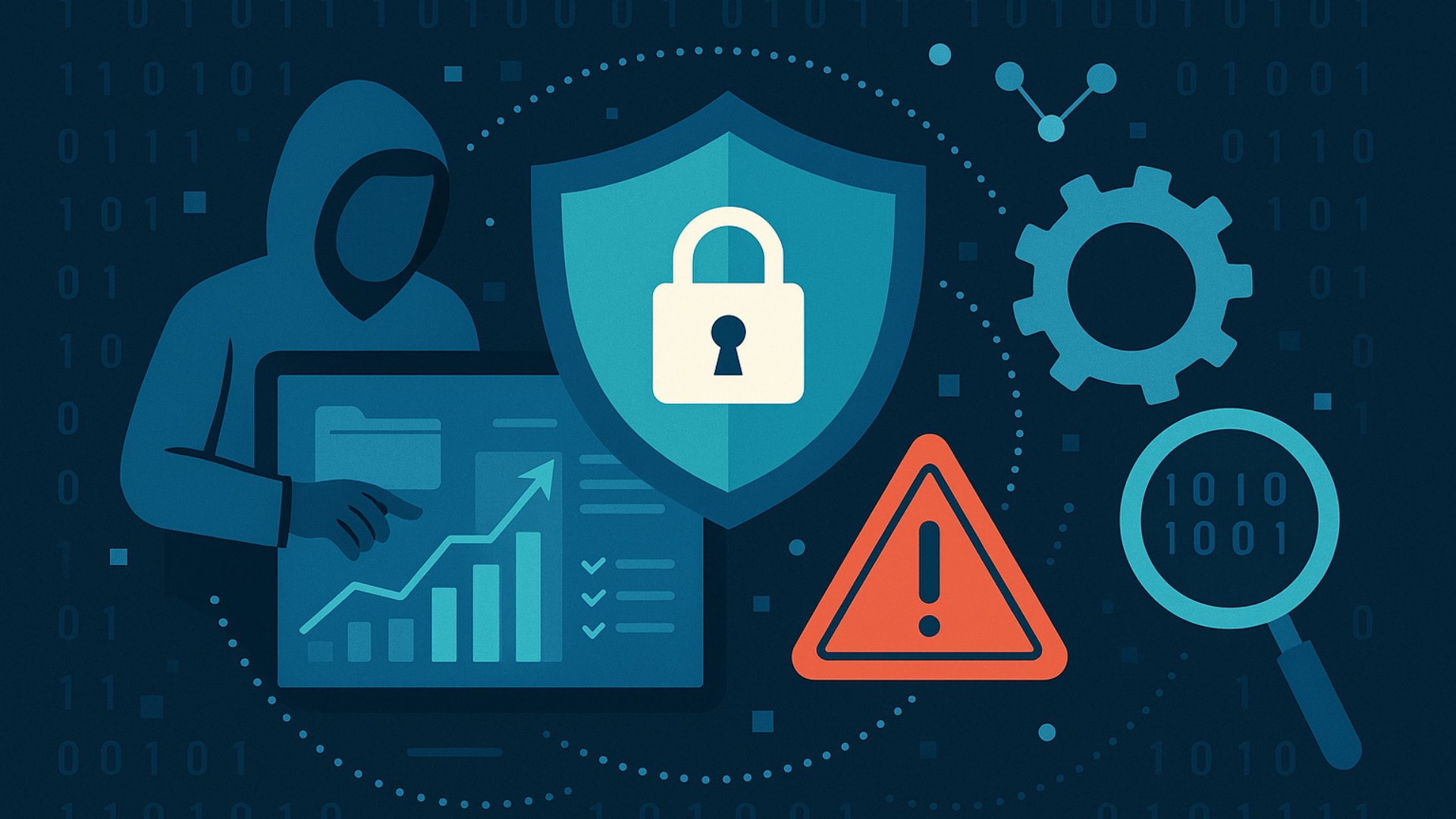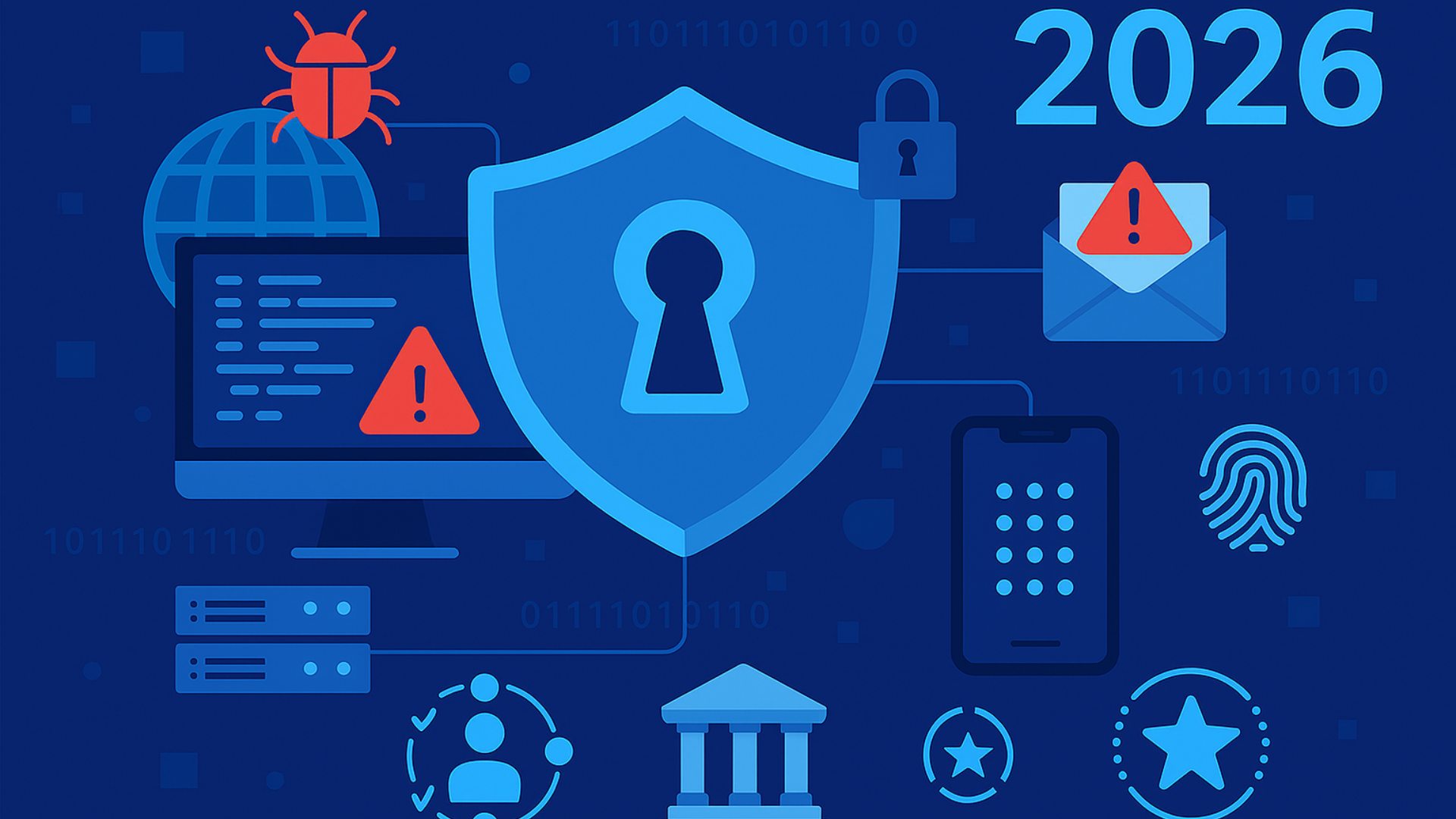HITTING PAUSE on sales was a strategic decision ProdigyTeks made to focus on standardization and automation, positioning us for growth that is sustainable and scalable.
As a one-person MSP for seven years, I was fortunate to have had a great mentor who shared how it’s possible to manage many endpoints, technologies, customers, and vendors through standardization. What that means for end users is predictable outcomes and a better customer experience.
During the pandemic, we rapidly increased our staff to seven in response to demand. While it was great that we were closing all this new business, we were concerned about losing customers because of dropped balls. It became clear that the processes that worked for me alone needed to scale for multiple employees.
That’s why from March to July of this year, we undertook an all-hands effort to break apart everything we had been doing, enlist everybody’s input, create and document policies, consolidate tools, and automate what we could.
We started by thinking through how to make the service delivery process more seamless for the customer and more efficient for our techs. We looked at the products we had, the integrations that were available through APIs, and all our internal and external touchpoints.
First, we created a unique four-letter designator for each client that goes across all our systems and tools. This prevents any confusion between clients that may have similar names, like “Gold Star” versus “Gold Communications,” and allows us to get into the systems faster. Both our employees and subcontractors can search for the information they need for a ticket or project and get it on demand, speeding time to response as well as increasing accuracy.
Next was grouping, consolidating, and properly documenting systems. So instead of having 15 tools in a particular category, we looked to standardize on one dashboard, one piece of software, one process. And we built that four-letter designator into the entire customer journey, from prospect to client, so nothing gets lost in individual systems.
We removed as many manual processes as possible and created policies for everything from device configuration to onboarding to incident response. For instance, now a prospect in our sales platform receives a form fill to our onboarding system when they become a customer and an automated email is sent to the account manager and client coordinator.
From there, the designator flows to our PSA, RMM, and customer success management tools, which are all integrated. Our automation scripts are stored inside of our RMM.
We standardized inside of our RMM too, so there’s only one file of record for a customer. Now one file executable (the RMM installer) automatically installs and deploys all the tools associated with that customer versus manually installing one at a time.
Everything is documented in Hudu, which is managed by a full-time client support engineer who is responsible for making sure all dashboards and knowledge bases are up to date. We also created a public-facing knowledge base that enables anyone on our team to share content with clients.
This is a constant work in progress. If there’s something that happens more than five times, causes more than five tickets, or takes more than five hours to complete, we look to standardize and automate. We have changed tools and systems that did not allow us the flexibility to do so.
For any MSP who is looking down this road, figure out what’s taking most of your time, and why, and see what parts you can automate. Don’t try to document everything, but rather focus on the most common 60% to 70% of your actions. Over time you can build out the edge cases. It’s a time-consuming process but will pay off in the end. As an owner, I’ve been able to step away from service delivery and refocus on growing the business.
Fortunately, ProdigyTeks was in a good position financially when we paused sales, so we did not have to keep paddling the boat while we were patching it. Now we are on track to hit $1 million in revenue by 2023.













